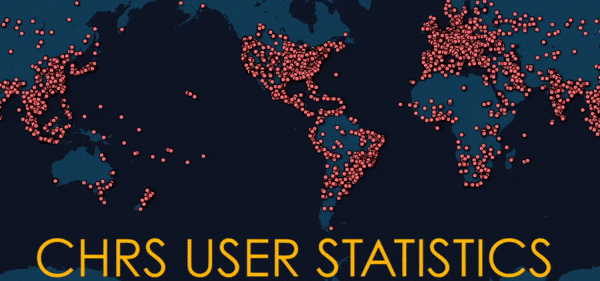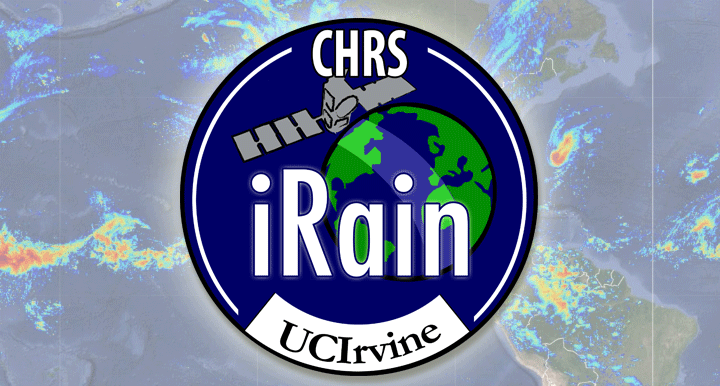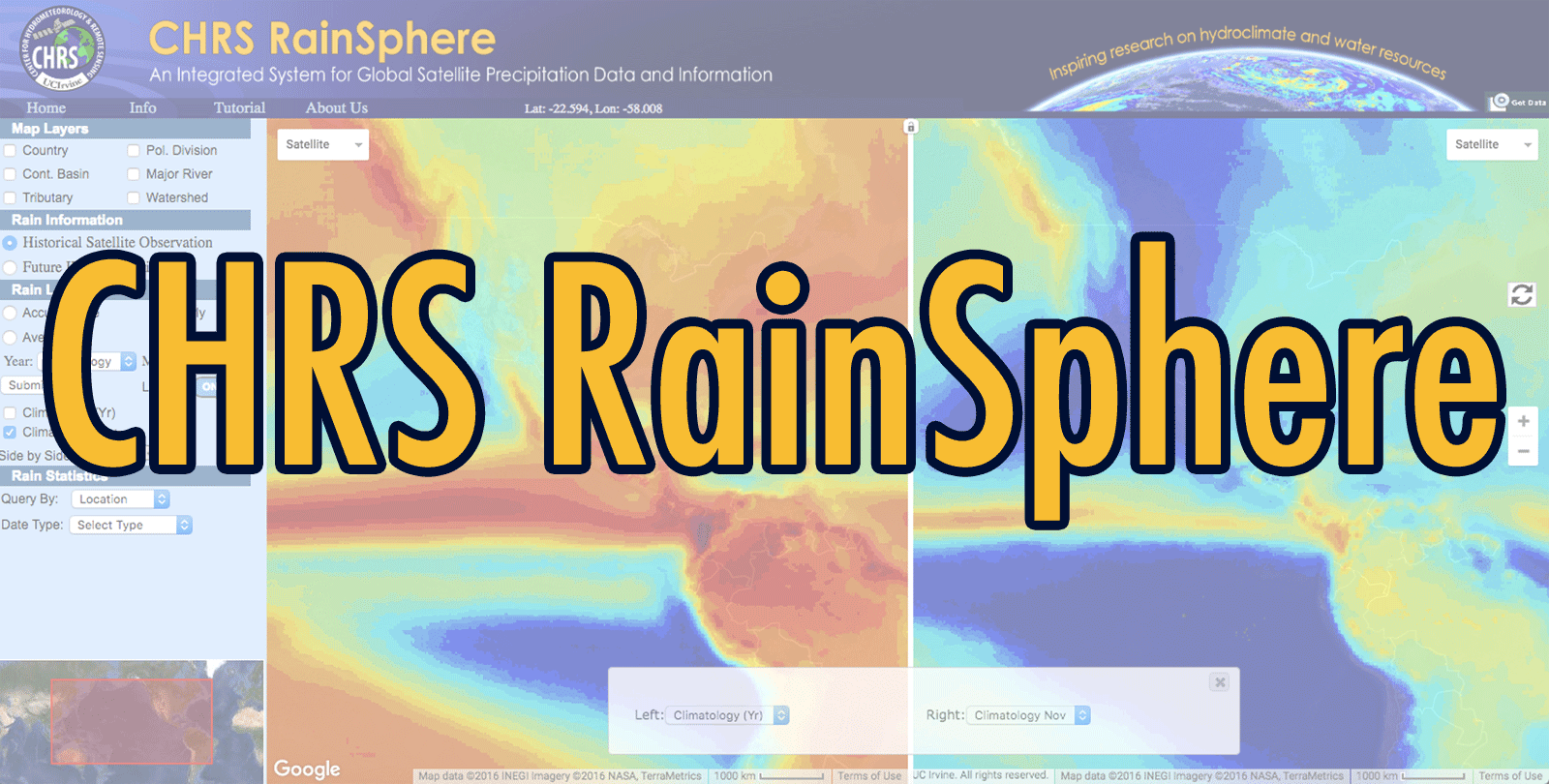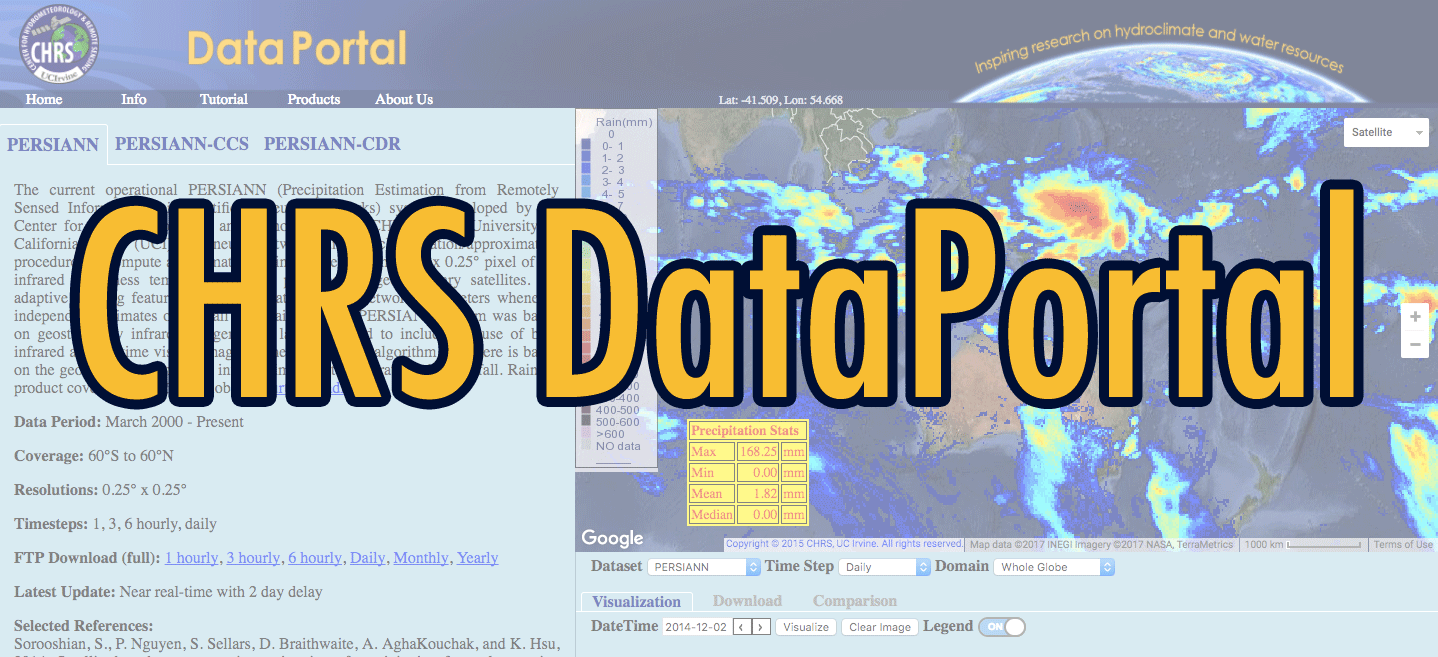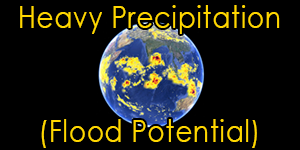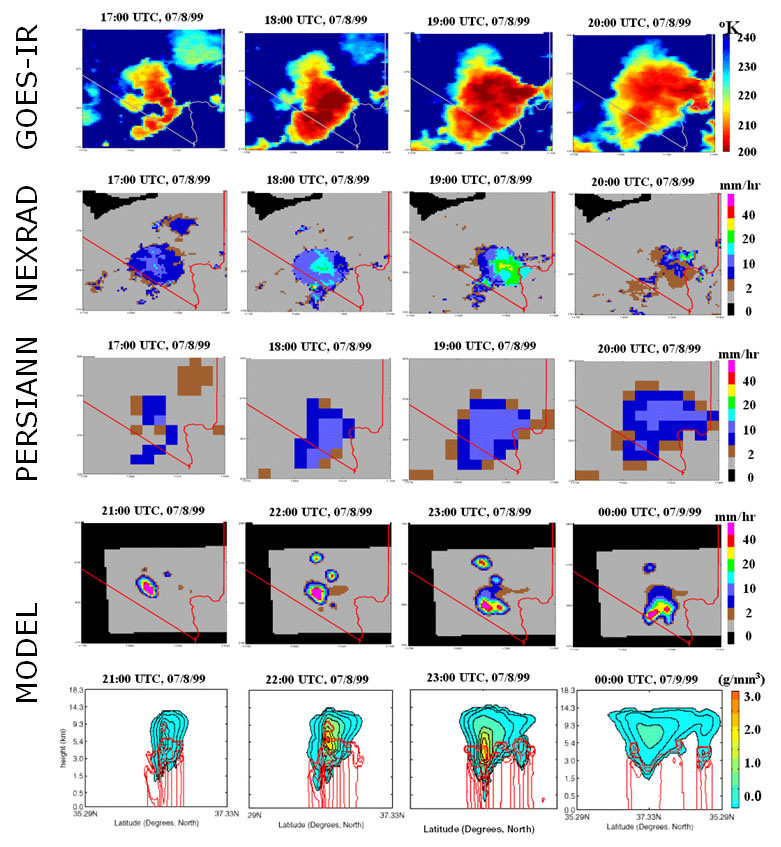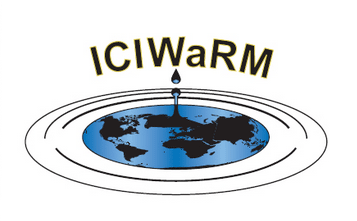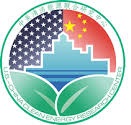Hydrologic Prediction
Improving the simulated triggering of convective events in urban areas
Urban areas in the southwestern United States are typically located in valley floors, where flooding results in significant damage (costs exceeded $17 billion during 1995-2000). It is a major challenge to provide adequate predictions of severe storms which impact large populated areas. When we analyzed the 1999 Las Vegas flood event using the Regional Atmospheric Modeling System (RAMS) (Figure ..) we found that:
- The actual trigger mechanism causing the unusual morning convection (the strong outflow from a previous midnight storm) was not simulated by the model,
- the convective cells simulated by the model were initiated over and propagated along mountain slopes, while cloud satellite images and observed rainfall cell tracks showed that several important storm cells developed over low-elevation areas, and
- in low-elevation areas, a layer of fairly substantial convective inhibition persisted above the boundary layer in the simulation ( Li et al., 2003b ).
It is probable that specific features of the land surface related to urbanization may influence the triggering processes and are not suitably represented in present models. We intend to conduct further investigations of the potential effects of urbanization using relevant EOS data (including skin temperature, albedo, clouds, etc.) and modifications to the land parameterization. These topics are being researched in conjunction with our Urban Hydrology activities relevant to using the HEC-HMS model.
- Improve Mesoscale Modeling
- Improve time-varying boundary conditions using EOS SST data
- Improving the simulated triggering of convective events in urban areas
- Ensemble Weather Forecasting
- Improving snow modeling component in Land Surface Models
- Assimilation of Satellite Snow Data
- Usage of Remote-Sensing data
- Surface Hydrology Forecasting and Prediction System





